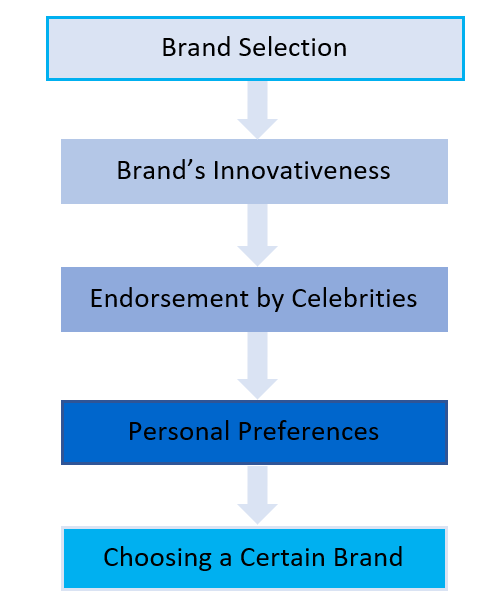Companies around the world have to continuously enhance their marketing approaches to remain competitive. Nike is a global corporation that operates in more than 100 countries, selling athletic footwear, apparel, and other gear (Malhotra, 2012). The business spends a substantial amount of money to attract and retain customers and relies on marketing research (Malhotra, 2012). Nonetheless, as the world constantly changes, the firm faces considerable challenges (Malhotra, 2012). To continue succeeding, Nike must acknowledge problems in its marketing and consider utilizing qualitative research.
The Problems
Nike must determine its management decision problem (MDP) and marketing research problem (MRP) to resolve troubles in staying competitive. MDP questions what the decision-maker has to do with respect to the goals of the organization (Malhotra, 2012). Considering that the corporation wishes to increase its share of the athletic shoe market, MDP can be defined as follows: What should Nike do to sell more athletic footwear? Furthermore, MRP is guided by MDP and investigated by the researcher (Malhotra, 2012). MRP asks what information is required and how to obtain it based on MRP (Malhotra, 2012). Accordingly, MRP for Nike is to determine the needs of people who wear athletic shoes and whether those needs can be satisfied by the business’s current products. Moreover, it is crucial to consider specific components of the problem to define it more precisely (Malhotra, 2012). Therefore, Nike’s MRP may concentrate on such matters as who the individuals purchasing athletic footwear are, what features in shoes they seek, and how they choose a certain brand. Consequently, the proposed MDP reflects the issue that confronts Nike’s management, and the corresponding MRP suggests how to address MDP.
Brand Selection
While clients’ preferences differ across segments, the case study on Nike suggests some findings in the company’s marketing research regarding how customers select a brand of athletic shoes. First, because both consumers and the world of sports are constantly changing, it appears that people appreciate innovative and inspirational trademarks (Malhotra, 2012). Second, Nike has determined that clients value celebrity endorsements based on the pyramid influence, according to which the mass market is affected by a small group of professional athletes (Malhotra, 2012). Third, after encountering a brand, customers assess whether its products meet their needs and involvement with sports, as some may be ultimate athletes while others are simply impacted by the culture (Malhotra, 2012). The below graphical model demonstrates that consumers select a brand of athletic shoes based on how inspirational and innovative it is, whether it is supported by celebrities, and the buyers’ personal preferences.

Research
Nike can utilize qualitative research to strengthen the corporation’s image. The case study suggests that Nike faces several issues in addition to determining ways to increase its share of the athletic shoe market. In particular, the company has lost its traditional appearance of being a smaller, innovative firm and is likely to have trouble retaining brand equity and meaning (Malhotra, 2012). Accordingly, qualitative research can be used to explore an issue and potentially lead to ways to resolve it (Malhotra, 2012). In particular, the analysis’s insights help the researcher comprehend the environmental context of the problem, such as past information and forecasts about the industry and the business (Malhotra, 2012). For example, a qualitative research technique that Nike may need to focus on is conducting in-depth interviews to obtain detailed reports from representatives of the target audience, like a new segment (Malhotra, 2012). Such an approach offers a higher possibility of discovering real issues of complex topics and is suitable considering that choosing shoes is a rather personal matter (Malhotra, 2012). Consequently, Nike can employ qualitative research to understand better the challenges that may impact the company’s image.
Reference
Malhotra, N. K. (2012). Basic marketing research: Integration of social media (4th ed.). Pearson.
